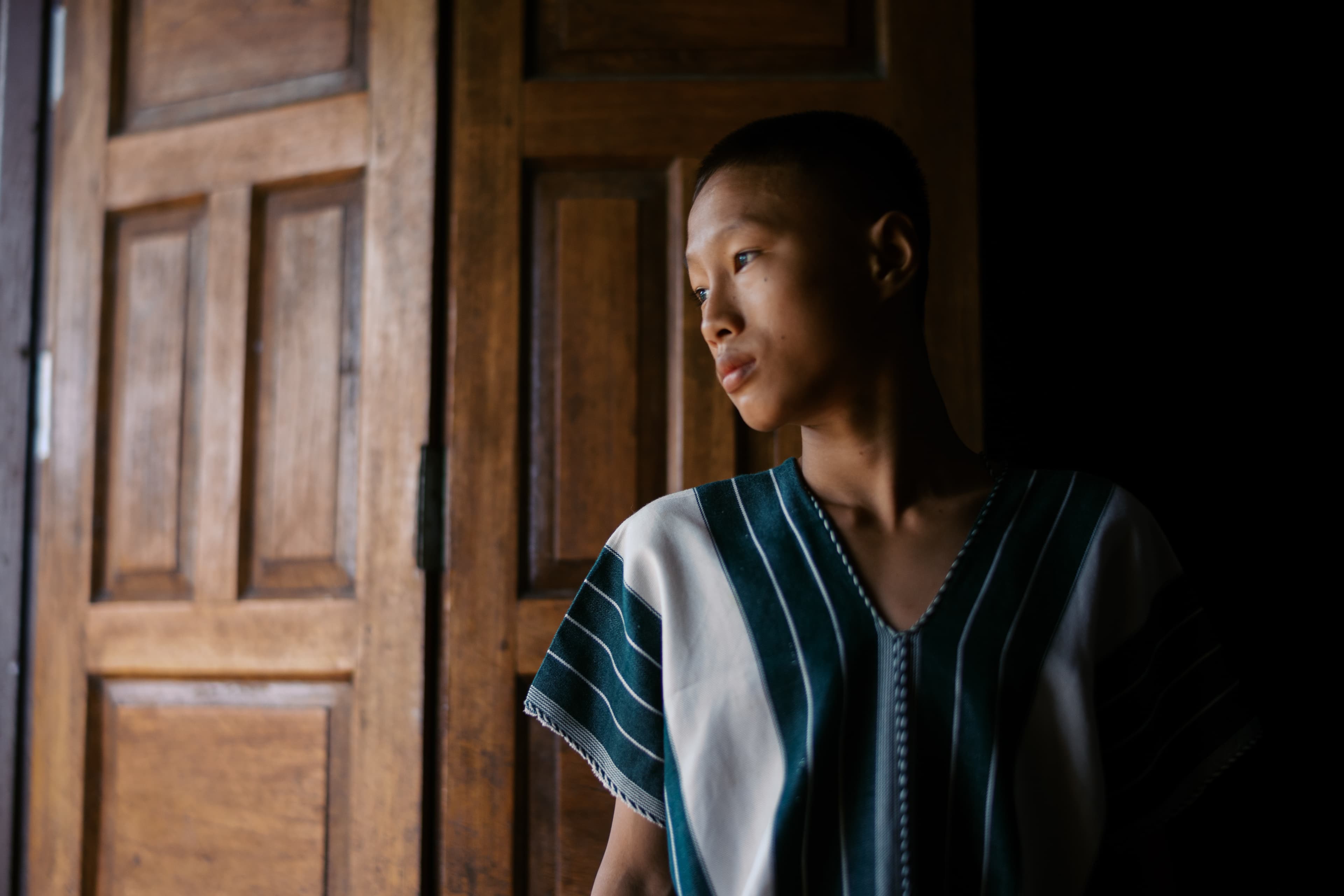In 2013, the UN established July 30 as World Day Against Trafficking in persons, raising awareness and encouraging action against this crime.
Human trafficking is when people are forced, tricked or coerced into exploitation like labor or commercial sex acts. Four out of 10 trafficking victims are children.
With the help of people like you, Compassion empowers local churches to protect children from exploitation and stop trafficking before it starts.
What is the World Day Against Trafficking in Persons?
In 2013, the United Nations designated July 30 as the World Day Against Trafficking in Persons. This day was created to raise awareness and encourage the world to work toward ending the tragedy of human trafficking.
The U.S. has also designated a day to raise awareness and encourage action against human trafficking. This is called National Human Trafficking Awareness Day, and it is observed on July 11.
So what is this crime, and why is it so important that the U.S. government and nations worldwide are working to end it?
What is Human Trafficking and How Does It Harm Children?
Human trafficking is when people are forced, tricked or coerced into exploitation like labor or commercial sex acts. Each year, millions of people are trafficked worldwide.
Out of every ten people trafficked, four are children. And children in poverty are especially vulnerable.
Traffickers usually look for easy targets, people those who:
Are psychologically or emotionally vulnerable.
Face economic hardship.
Lack a social safety net.
Have suffered from a natural disaster.
Live in a politically unstable area.
Children in poverty don’t have safety nets like foster care. They often live in politically unstable and disaster-prone areas. And because they face such hardship every day, they often believe the insidious lie that they don’t matter. All this means, sadly, that they’re often the easiest victims for traffickers to target.
To learn more about the causes of human and child trafficking more specifically, visit this resource:
How Does Compassion Prevent Child Trafficking?
But what if children in poverty did have a safety net? What if they knew their rights and could advocate for them? What if their families weren’t desperate for help?
When children are known, cared for and protected, they’re no longer vulnerable to traffickers who would prey on them.
Through sponsorship, Compassion International empowers local churches in impoverished communities to care for vulnerable children. Kids are welcomed into a safe community of Jesus followers who know them by name and are trained in child protection.
Children are empowered with education. They receive proper nutrition and medical care. When natural or man-made disasters strike, they receive immediate aid. And most importantly, they hear the good news of Jesus and learn how deeply they matter to God.
Pastors, tutors and mentors from their local community watch vigilantly for signs of abuse or exploitation and intervene immediately when there’s a threat. They also teach kids about their rights and how they can advocate for themselves.
Surrounded by caring community, equipped with care and education, and living confident in God’s love, children can grow up safe from exploitation and ready to leave poverty behind.
